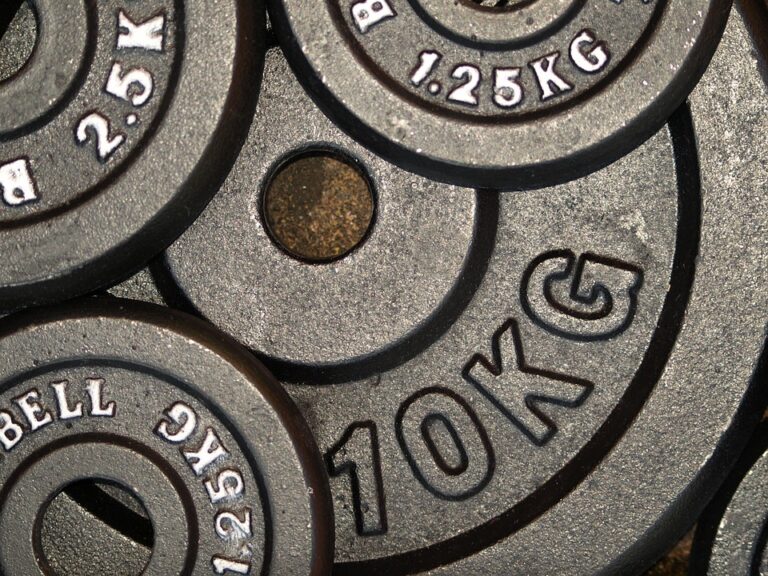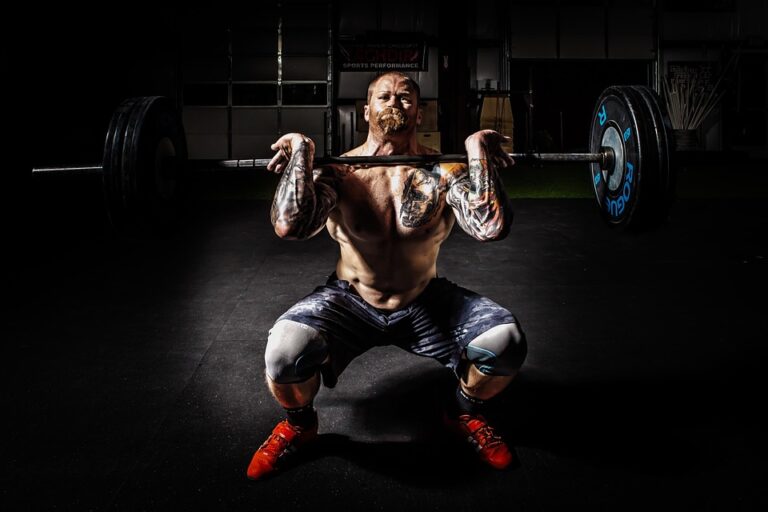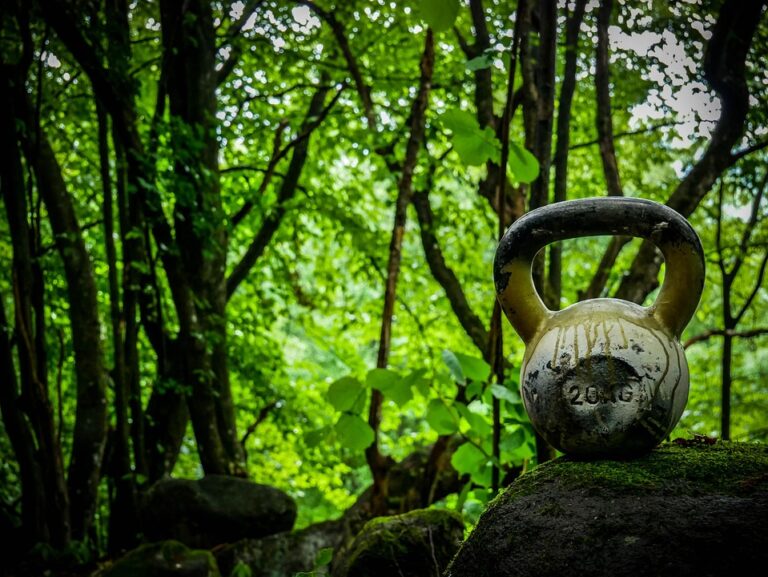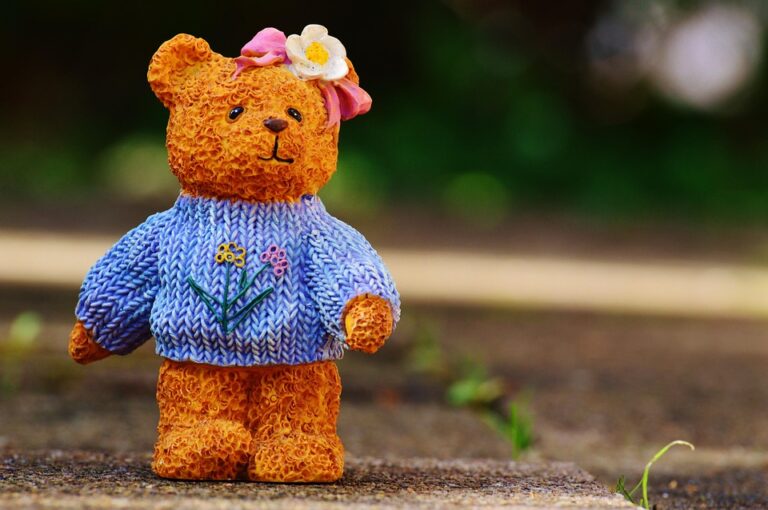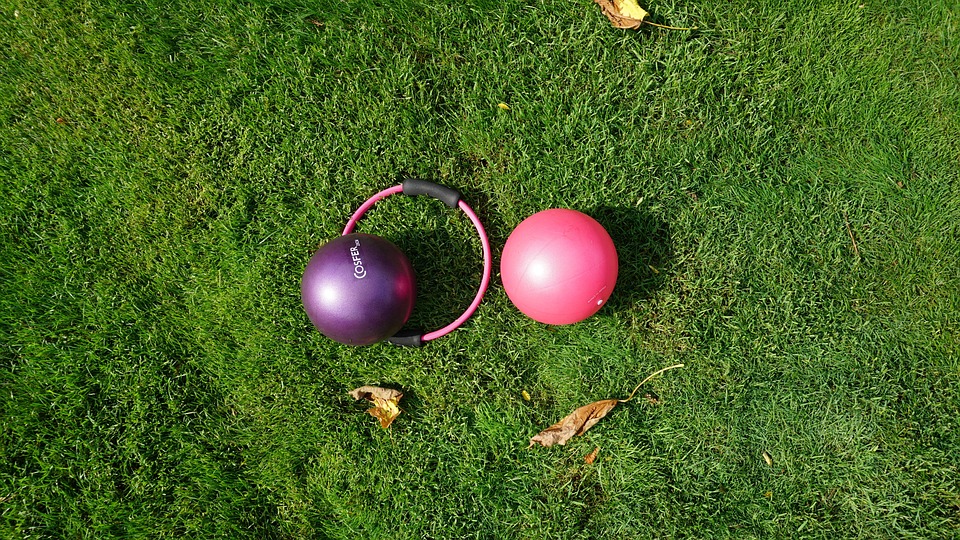
Exploring the Versatility of Pilates Balls: Types, Uses, and Buying Tips for Fitness Enthusiasts
In the world of fitness, where trends come and go like the seasons, one piece of equipment has managed to maintain its relevance and popularity: the Pilates ball. Often regarded as a simple, yet highly effective tool, Pilates balls come in various sizes and types, each tailored to meet different fitness goals and preferences. But what makes these balls so special, and how can they enhance your workout routine?
1. The Types of Pilates Balls: Which One is Right for You?
Pilates balls, or stability balls as they are sometimes called, are not a one-size-fits-all kind of deal. They come in a range of sizes—typically 55cm, 65cm, and 75cm in diameter—each catering to different heights and body types. For instance, a 55cm ball is often recommended for individuals under 5’2", while a 65cm ball suits those between 5’3" and 5’8". If you’re taller than 5’8", then a 75cm ball might be your best bet. But size isn’t everything; the material and texture also matter. Some balls are made from burst-resistant materials, offering peace of mind during vigorous workouts, while others feature a smooth surface for a more traditional feel.
2. The Multifaceted Uses of Pilates Balls
When it comes to versatility, Pilates balls are hard to beat. They can be utilised for a myriad of exercises, ranging from core strengthening to improving flexibility. But what exactly can you do with one?
-
Core Stability: When you sit on a Pilates ball, it forces your core muscles to engage to maintain balance. This can significantly enhance your stability and strength over time.
-
Flexibility and Stretching: Incorporating a ball into your stretching routine can deepen the stretch. For instance, lying back on a Pilates ball can help open up the chest and stretch the spine.
-
Rehabilitation and Injury Prevention: Many physiotherapists recommend Pilates balls for rehabilitation exercises, as they can provide support while also challenging the muscles, making them ideal for recovery.
-
Fun with Balance: Who said workouts had to be dull? Using a Pilates ball can add an element of playfulness to your routine. Try doing push-ups with your hands on the ball, or perform squats while holding it—your body will thank you!
3. Considerations When Buying a Pilates Ball
Now that you’re convinced of the merits of Pilates balls, how do you go about purchasing one? Here are some vital factors to keep in mind:
-
Quality and Durability: Look for balls made from high-quality, burst-resistant materials. A well-constructed ball will not only last longer but also provide a safer workout experience.
-
Inflation and Maintenance: Some balls come with a pump, while others do not. Ensure you have the necessary tools to inflate your ball properly, and consider how easily it can be deflated for storage.
-
Reviews and Recommendations: It’s always wise to consult user reviews or seek recommendations from fitness professionals. They can provide insights that you might not find in the product description.
-
Price Point: While it can be tempting to opt for the cheapest option, investing a little more in a good quality ball can pay off in the long run.
Embracing the Pilates Ball
In essence, the Pilates ball is not just an accessory; it’s a gateway to a more dynamic and fulfilling workout experience. With its myriad of uses and the ability to engage multiple muscle groups, it stands as a testament to the evolving nature of fitness equipment. As we continue to seek effective and enjoyable ways to stay active, incorporating a Pilates ball into your routine could be just the change you need.
At BargainsTrust, we are committed to bringing you curated information on quality products that elevate your fitness journey. Whether you’re a seasoned enthusiast or just dipping your toes into the world of Pilates, we’ve got you covered. Happy exercising!

